An ice sheet about the size of New Jersey is about to be broken off from Antarctica. A large crack has continually grown larger during the last few months. It can lead to a significant sea level rise.
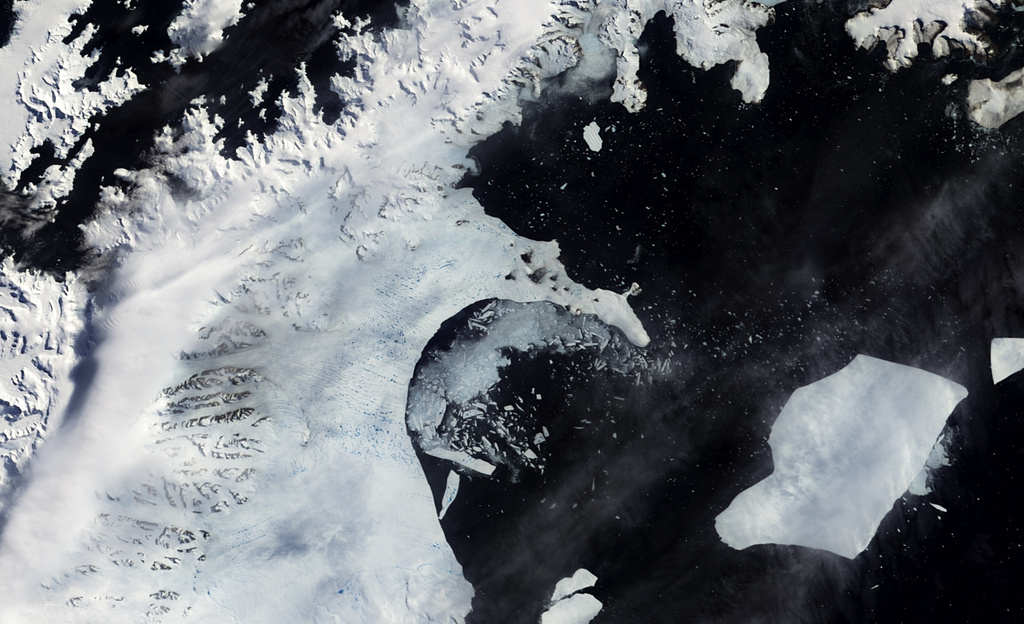
On the Antarctic Peninsula, which extends up to the tip of South America, the Larsen C ice shelf is located. The Larsen ice shelf is a huge area of ice built up by water flowing from glaciers into the sea. Scientists warned last year that a large piece is about to break loose. Now, the research involved in the Project Midas, linked to the British Antarctic Survey, found that a long and deep crack in the ice has grown dramatically in recent months.
Satellites could observe the crack by March this year until the dark Antarctic winter ended and the crack could be observed again in mid-August, it has during this short time period grown 22 kilometers and is now a total of 130 kilometers (81 miles) long. The scientists, therefore, believe that the ice shelf Larsen C with an area of 6,000 square kilometers (2,300 square miles) is threatened. About the equivalent area the U.S. state New Jersey.
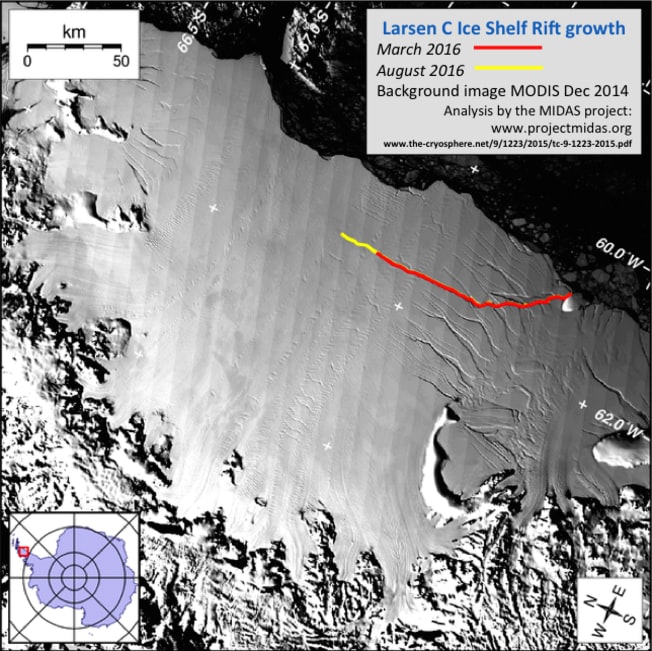
The rift in the ice has also become wider, from about 200 to 350 meters and according to the British researchers, the crack goes the whole way through to the bottom. Now that the Antarctic winter comes to an end and summer is about to begin, heat will fill the crack with melt water that will corrode downwards at an increasing speed. Meltwater lakes on top of the ice will probably also contribute with additional water. The ice sheet will probably break lose, but when this happens, no one knows. But it will most likely be broken up into smaller pieces.
The cause of the Antarctic Peninsula slowly breaking up is global warming, according to scientists, which is caused by human emissions of greenhouse gasses. Since the shelf ice of the Antarctic Peninsula is floating on water, rather than resting on land – the British researchers revealed last year that the ice melts at an increasing rate from both the top level caused warmer winds, but also from below by warmer ocean water. Calculations showed that the ice melts away with 30 centimeters each year.
The fact that the oceans are getting warmer as a direct cause of global warming, and not only the air, is not often discussed. The temperature is increasing in the oceans, but at a much slower pace than the air temperature is increasing. Only at a rate of tenths of what we see in the air. But even so, these small temperature changes can affect sea ice resting on the oceans rather dramatically.
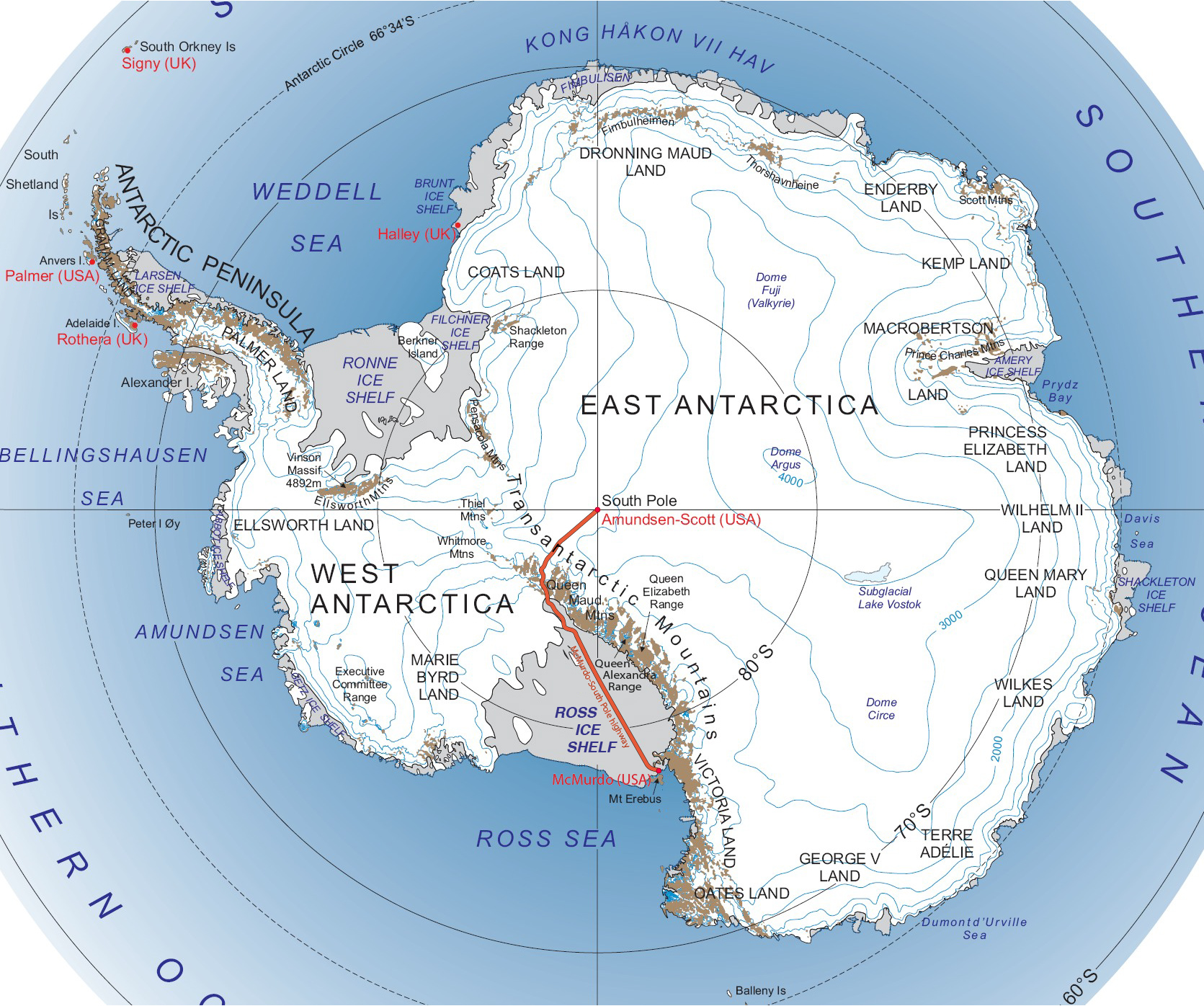
Almost all of the Antarctic ice is resting steadily on the Antarctic land continent, but large parts are indeed resting on the ocean. These ice shelves are attached to 44% of the Antarctic coastline and their total area is 1,541,700 square kilometers, about the size of Mongolia, or half the size of India, an enormous mass of ice.
When large ice sheets are broken loose they do not raise the sea level directly (since the ice is already floating on the ocean), but the researchers warn that a major calving of ice can start a chain reaction that leads to the whole Larsen C, which is slightly larger than Denmark, to break down completely. This happened with the adjacent shelf ice Larsen B in 2002, (Larsen A disappeared in 1995). When Larsen B was broken up, the process occurred during just a few months and it floated out onto sea in small pieces.
It would certainly not be the first time that a large ice floe is detached from Larsen C. It also happened in the late 80s. But the difference this time is that the ice is a record low, and the risk of it becoming unstable is much greater.
When the ice edge is no longer able to hold back the ice behind, the underlying glaciers begin to gush into the sea at an increasing rate. It could be like pulling the plug. If this happens at the Larsen C, global sea levels could rise by up to 10 centimeters (four inches) according to the researchers.
Scientists expect that sea levels will rise by at least half a meter during this century. We also know that after the Larsen A and B were broken up, they made a contribution to sea level rising via the glaciers that fed the shelf ice sheets. Larsen C is larger and the effects of losing it would, therefore, be greater, according to David Vaughan, a professor at the British Antarctic Survey.
Larsen is the fourth largest shelf ice on Antarctica (the shelf ice sheets Ross and Ronne-Filchner are larger) and may have been around for as long as 20,000 years. If the ice melts and glaciers release more and more fresh water into the sea, the entire Earth’s ocean circulation would probably be affected.
Since the entire pumping process that transports heat around the planet is starts here. A change in the system will affect the planet on a global scale.
Reference:


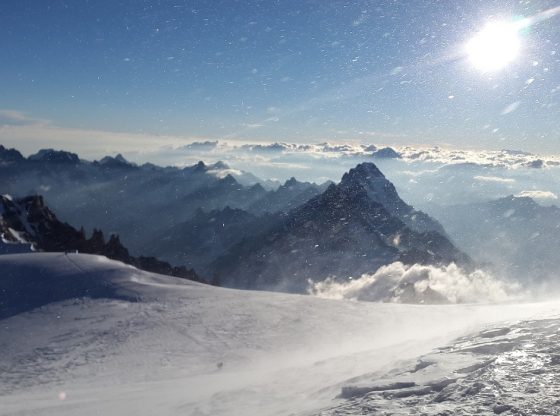
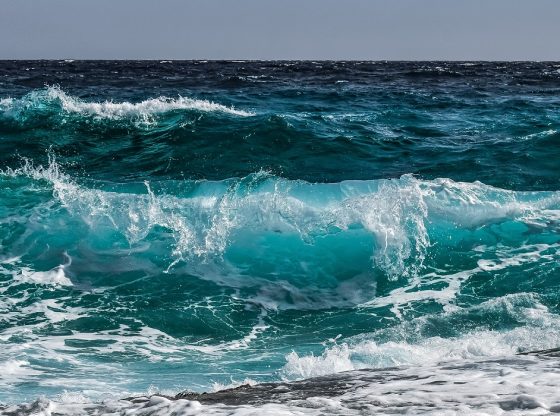
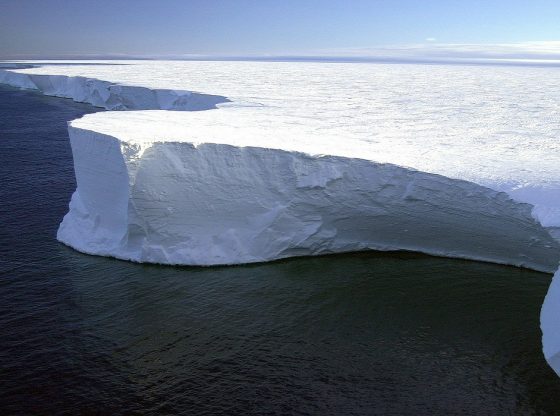
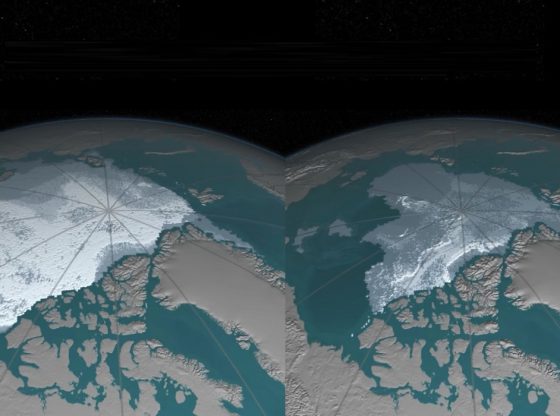

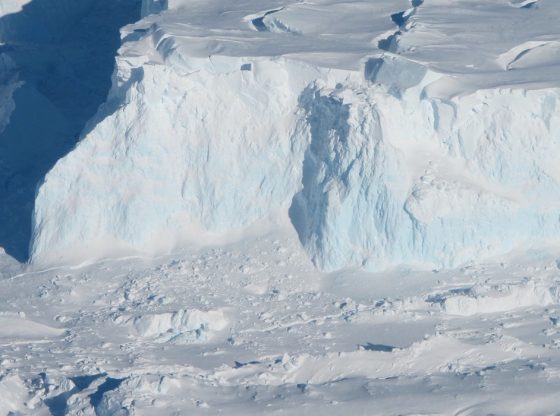
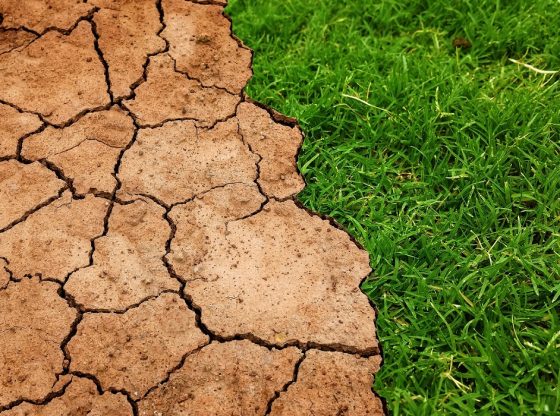
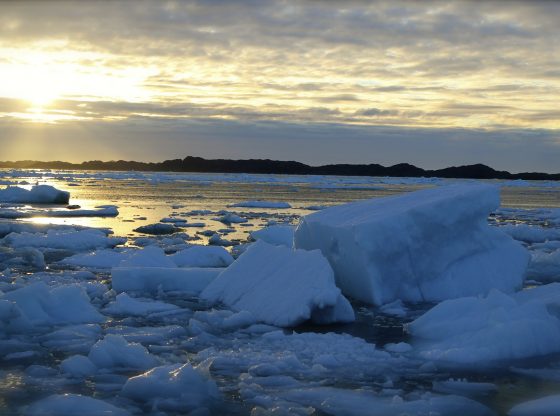

![OpenAI. (2025). ChatGPT [Large language model]. https://chatgpt.com](https://www.illustratedcuriosity.com/files/media/55136/b1b0b614-5b72-486c-901d-ff244549d67a-350x260.webp)
![OpenAI. (2025). ChatGPT [Large language model]. https://chatgpt.com](https://www.illustratedcuriosity.com/files/media/55124/79bc18fa-f616-4951-856f-cc724ad5d497-350x260.webp)
![OpenAI. (2025). ChatGPT [Large language model]. https://chatgpt.com](https://www.illustratedcuriosity.com/files/media/55099/2638a982-b4de-4913-8a1c-1479df352bf3-350x260.webp)








